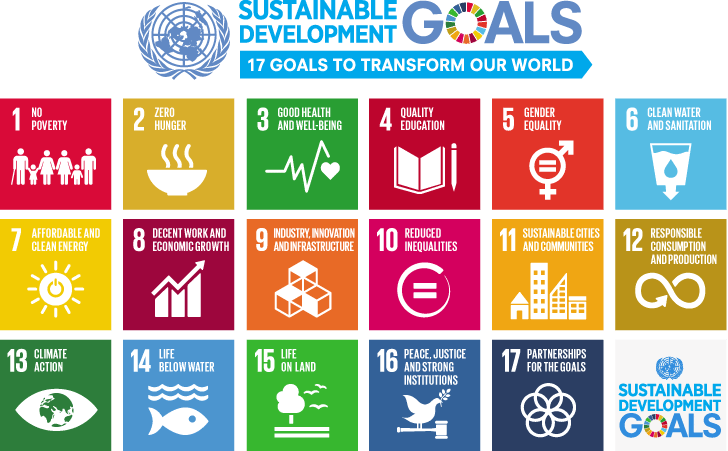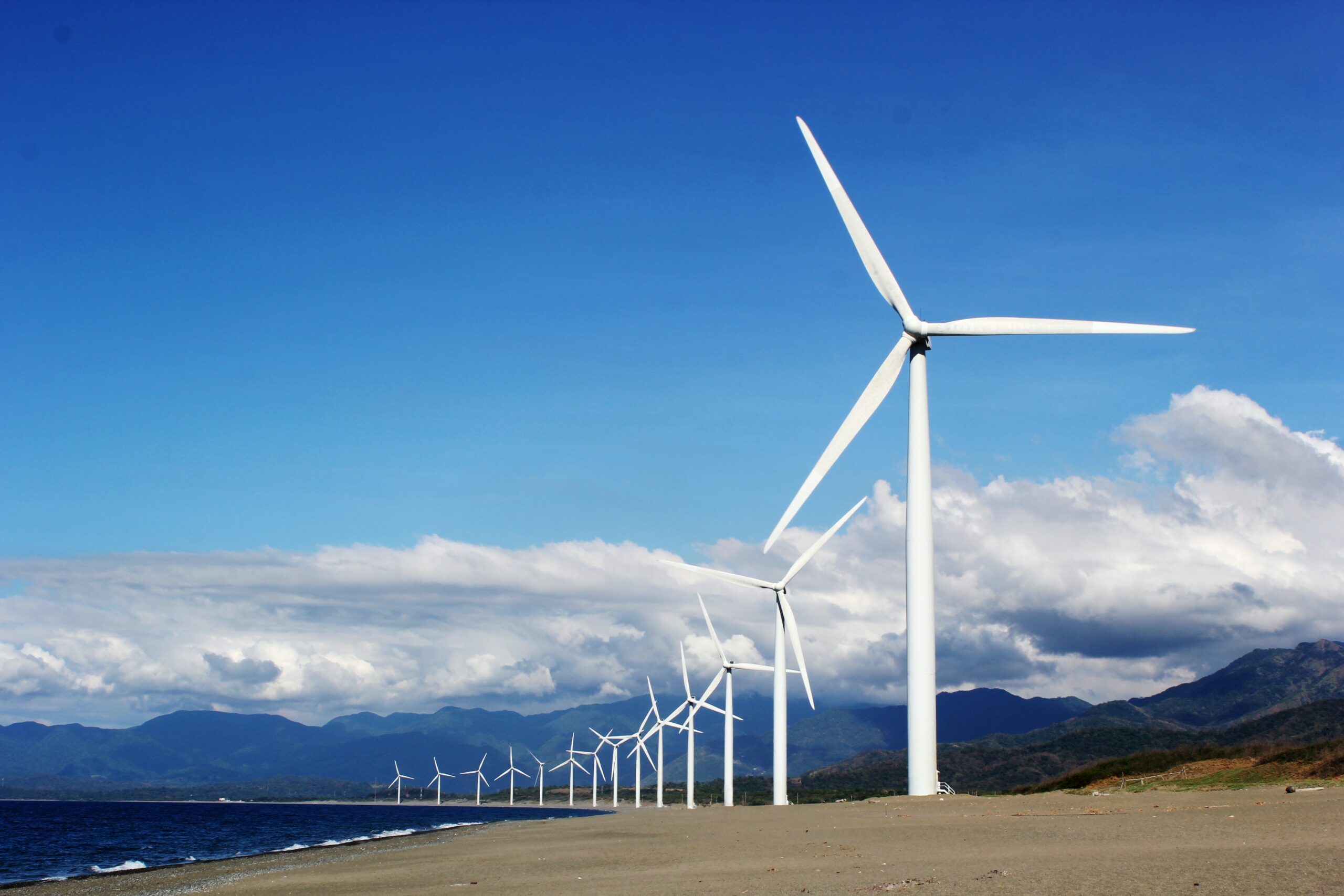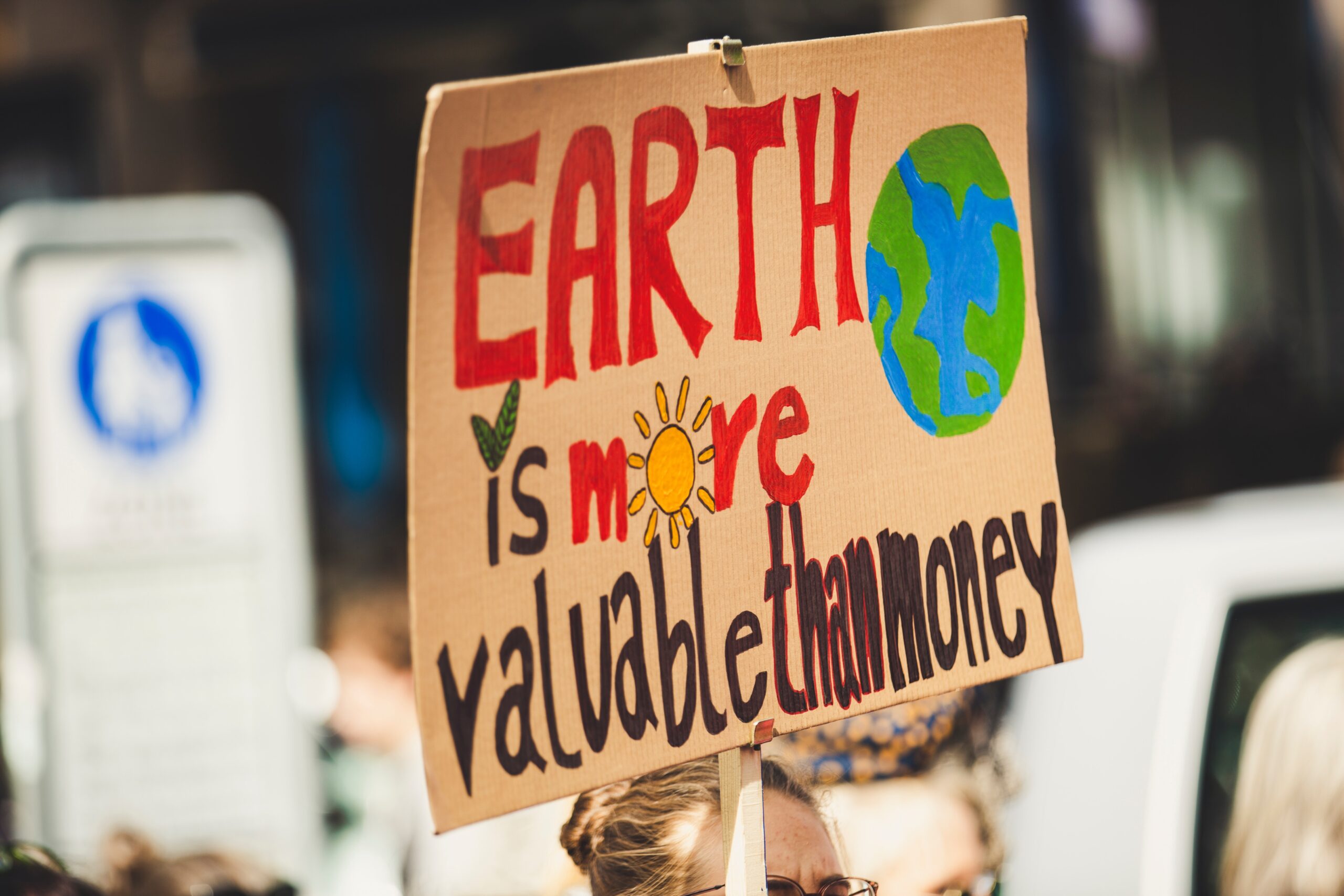
If you’ve ever heard of sustainability before, chances are you’ve also heard of the UN’s Sustainable Development Goals, or the SDGs. These goals, as evident in their name, are the United Nations’ main agenda for development that will continue to be maintained in the future. With the target of fulfilling this agenda by 2030, the UN SDGs include 17 goals for the future. Of course, while many of these goals are human-focused, a good handful of them are related to environmental sustainability too , making them an agenda accessible for private individuals as well. So if you want to learn more about how you can help conserve the environment through the SDGs, keep reading!
Goal 7: Clean Energy

The first of the SDGs with a green focus is goal 7, which aims to provide clean and affordable energy for everyone by 2030. To achieve this, the UN calls for the expansion of infrastructure which can provide energy and electricity to people without the environmental cost This means building and updating the technology of renewable energy sources.
What You Can Do: Many people have started to install renewable energy technology like solar panels in their own homes both to save money on electricity bills, but also to contribute to the goal of totally renewable energy. While this step might not be achievable for everyone , it is always worthwhile to check what your local government or community is doing to focus on clean energy. You might already be using clean and renewable sources every day without knowing it!
Goal 11: Sustainable Cities and Communities

More than half of the current population lives in cities, according to the UN. This shift to living in urban areas has caused a ballooning in population densities. While cities themselves aren’t inherently bad, the congestion of residents that many people face can become Although Goal 11 of sustainable cities and communities seems to be a community-focused goal, it also involves making the spaces we live in greener and more sustainable for many people to live in.
What You Can Do: One aspect of cities becoming less sustainable is the amount of traffic and pollution produced by an oversized population in limited space. That’s probably why some places in Europe like Oslo in Norway and Ghent in Belgium are making the move to eradicate cars in their city centers. If asking your local community to get rid of parking spots to discourage drivers from using their cars in the city is too difficult for you (as it will be for most of us), you can contribute to this goal by taking more public transportation, or maybe even walking and riding your bike!
Goal 12: Responsible Consumption and Production

Goal 12 is probably more familiar to you if you’ve already taken an interest in sustainability. You might have even read about it from here ! For the UN’s SDGs, the focus of Responsible Consumption and Production is two-fold: the first focuses on making product manufacturing of companies more environmentally sustainable, and the second involves individuals and their shift to responsible consumption.
What You Can Do: There are several ways that you can help in achieving this particular goal because it is all about individual consumption. Some people choose to avoid meat since it costs a lot to the environment to produce meat, but you can opt to make an impact by eating locally farmed produce too. And you can consume more sustainable fashion-wise by avoiding fast fashion and supporting eco-friendly brands instead.
Goal 13: Climate Action

All of the SDGs are integrated, which is why if you’ve been following along with our tips, you’ll notice that you’re probably also contributing to achieving Goal 13 which is Climate Action. and fighting the effects of global warming by integrating it in community development worldwide.
What You Can Do: Goal 13 almost certainly requires urgent collective action, which means each individual effort counts. If you’ve already tried to reduce your carbon footprint as we’ve mentioned so far, you can also help achieve this goal by following and participating in the various sustainability and environmental movements that are present across the world too!
Goal 14 & 15: Life Below Water & On Land

Goals 14 and 15 are both focused on the preservation of nature and wildlife on land and in the sea. important if we want to conserve our planet’s wildlife and protect vulnerable species from going extinct.
What You Can Do: Not all of us are marine biologists or zoologists, but that doesn’t mean we can’t contribute to conserving wildlife. us. An easy way to do this is to avoid products with microplastics that pollute the ocean and our water supplies, and to properly dispose of our garbage. Recycling and upcycling can also prevent things like plastic, styrofoam, and other harmful objects from reaching wildlife habitats.
Conclusion
The goal of a world that is economically and environmentally sustainable might seem rather impossible at the moment, but we hope that by reading about the UN Sustainable Development Goals and what you can do for each of the environment-related points, you too can contribute to Which of the environmental SDGs did you find most interesting? If you want to find out more about the basics of sustainability, check out our article on the basics of Circular Economies here . sustainable and eco-conscious brand, check out our blog and official Instagram !
This article was written by Yvonne Gonzales





